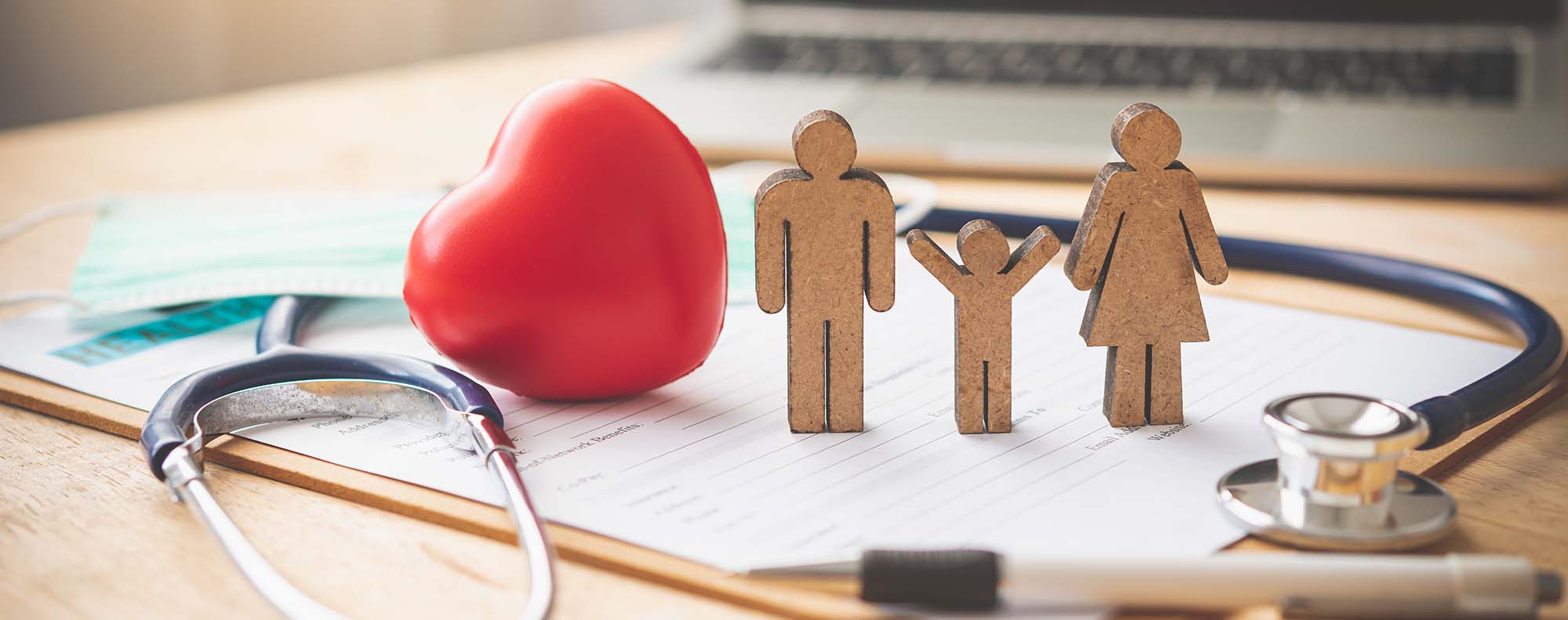Public Health Emergency Preparedness
As part of its mission, the Oneida County Public Health Emergency Response and Preparedness Program (PHERP) assists the community before, during and after an emergency event to prevent or minimize its adverse effects on the health and safety of the residents in the community. Some examples of emergencies include:
- Communicable disease outbreaks (influenza, hepatitis, COVID-19)
- Foodborne illness outbreaks
- Weather emergencies (flooding, winter storms, power outages, extreme heat)
- Contaminated drinking water
- Biological emergencies (Avian Influenza (Bird Flu), anthrax, smallpox)
- Chemical emergencies (harmful chemical spills, chemicals used in acts of terrorism)
- Radiological emergencies (emergencies involving release of radiation that could harm people’s health)
The PHERP Program helps the County prepare for emergencies by:
- Providing leadership to prepare for and respond to public health emergencies
- Educating county residents on how to be prepared for an emergency (making a plan, making a kit, staying informed)
- Supporting ongoing emergency preparedness and response training and education for public health staff
- Working with other Health Care Agencies, County Departments, Office of Emergency Services, & Community Agencies to develop and update plans, trainings and activities.
- Planning and conducting emergency response exercises (POD drills)
- Participating in community education and outreach activities
- Collaborating with community action groups, such as the Eastern Sub-Regional Health
- Health Emergency Preparedness Coalition (HEPC) and Herkimer-Oneida Organizations Active in Disaster (HOOAD), to meet goals of optimal preparedness, response and recovery
- Continually updating plans and assist agencies with mutual aid agreements to promote efficiency, communication, and cooperation during emergencies
Climate Change and Health
Climate change impacts people’s health in many ways. As the climate changes and extreme weather occurs more often, weather related injuries, insect and tick-related diseases, stress, and respiratory illness may increase. Additionally, extreme weather poses a threat to the quality of our air, food, and water.
Understanding the programs available in our county that support climate and health adaptation is crucial to keeping safe and healthy during these changing times.







